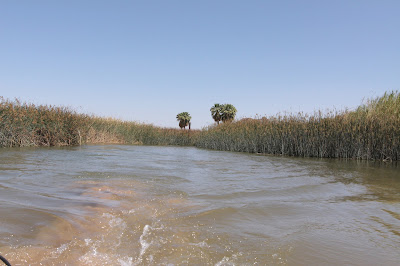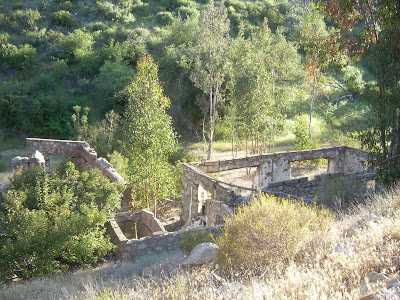Many of the large backwater lakes, such as the one we camp at, were created when the Imperial Dam was constructed in 1938, to harness the flow and energy of the river. Settlements such as old Picacho, once the river port for the nearby Picacho Mines upriver, were inundated by rising waters. At the same time, larger areas of water provided greater recreational opportunities. The northern end of Ferguson Lake Road terminates just south of the Imperial National Wildlife Refuge, which was created in 1941 to safeguard the area's plant and animal life.
The dirt road into the lake is normally smooth and well graded, although conditions can rapidly change after rainstorms and flash floods. Many of the spur trails off the east side of the road require 4wheel drive. The west side of the road marks the boundary of the Little Picacho Wilderness Area. A viewpoint 5 miles past an RV campground provides a panoramic view of Ferguson Lake, the Castle Dome Mountains in Arizona, and the Chocolate Mountains in California. There are several excellent areas to camp along the lake that also provide a place to launch a boat.
We met up with my parents who had arrived the day before and enjoyed a weekend of fishing, good food, and relaxing on a few sandbars downriver.

















































































